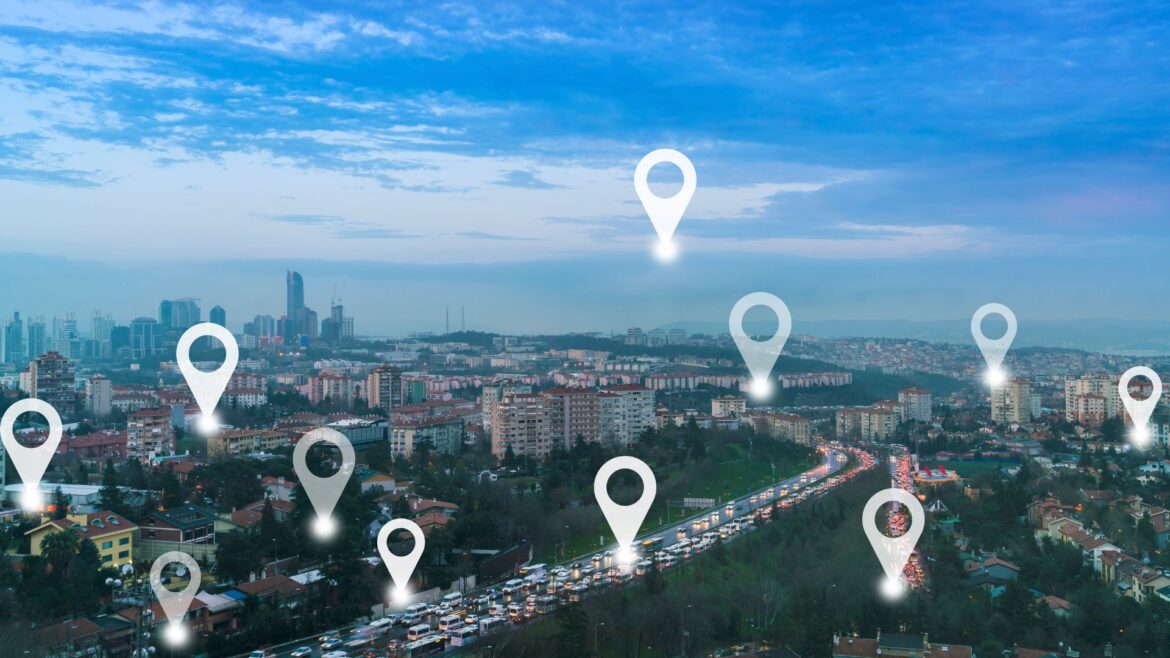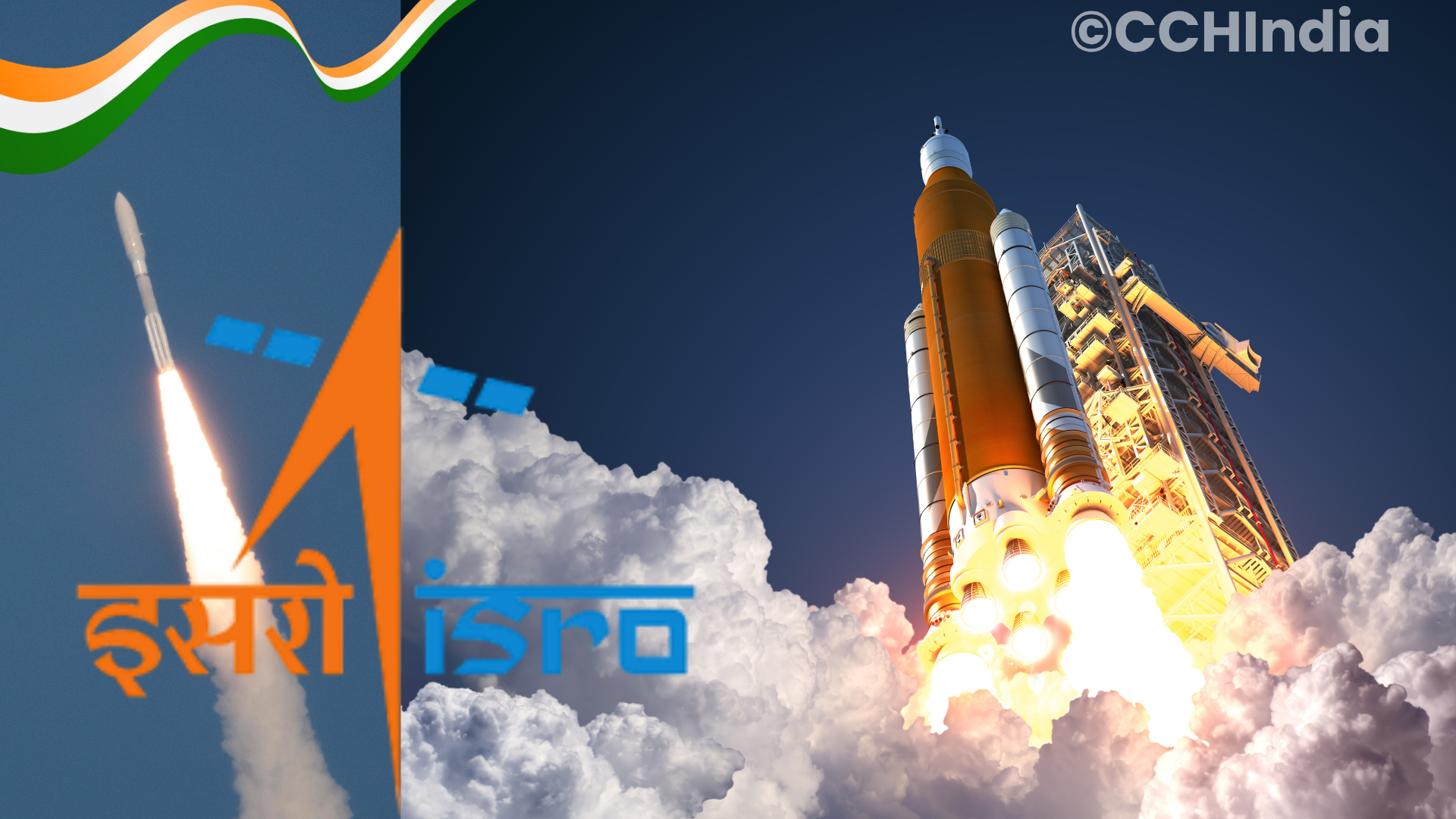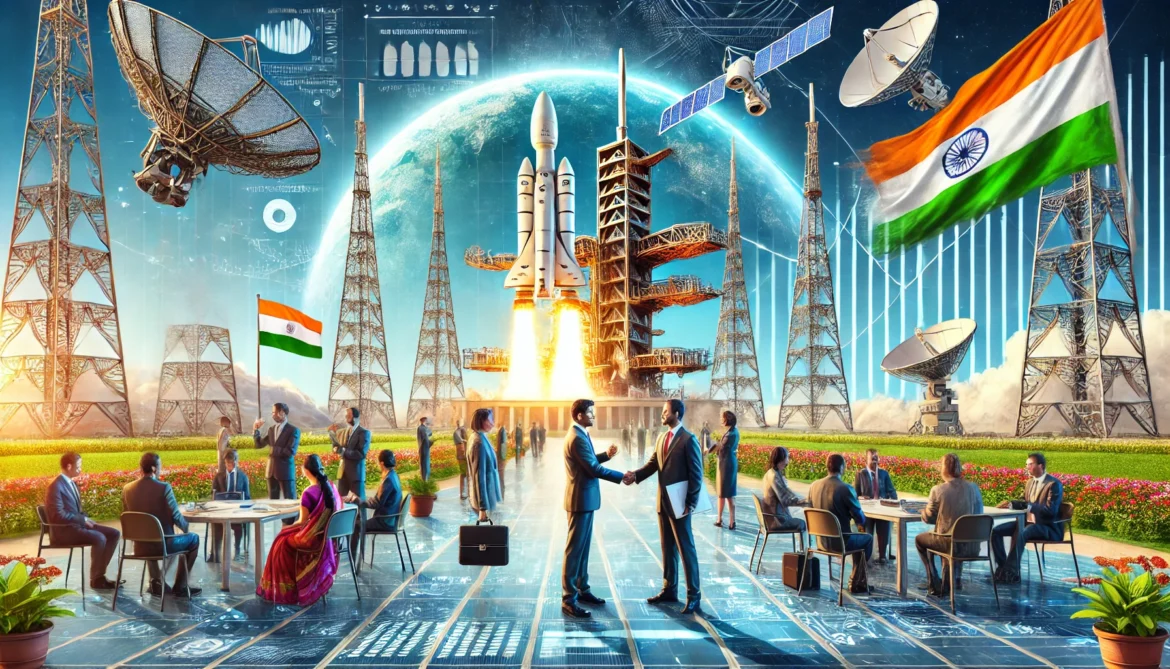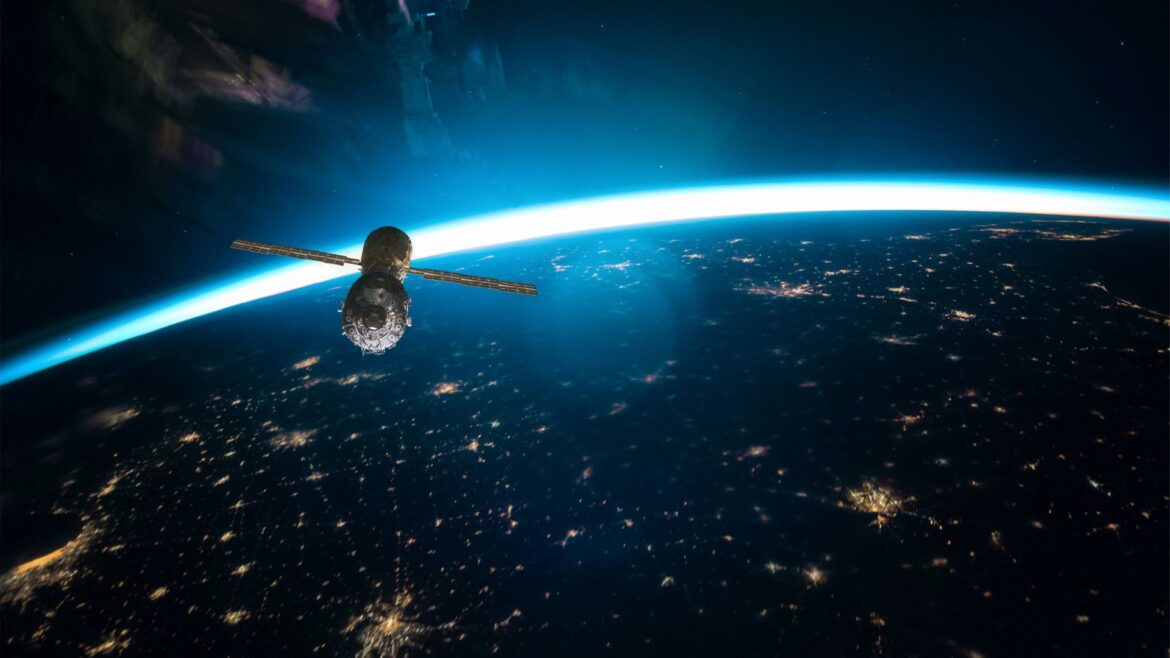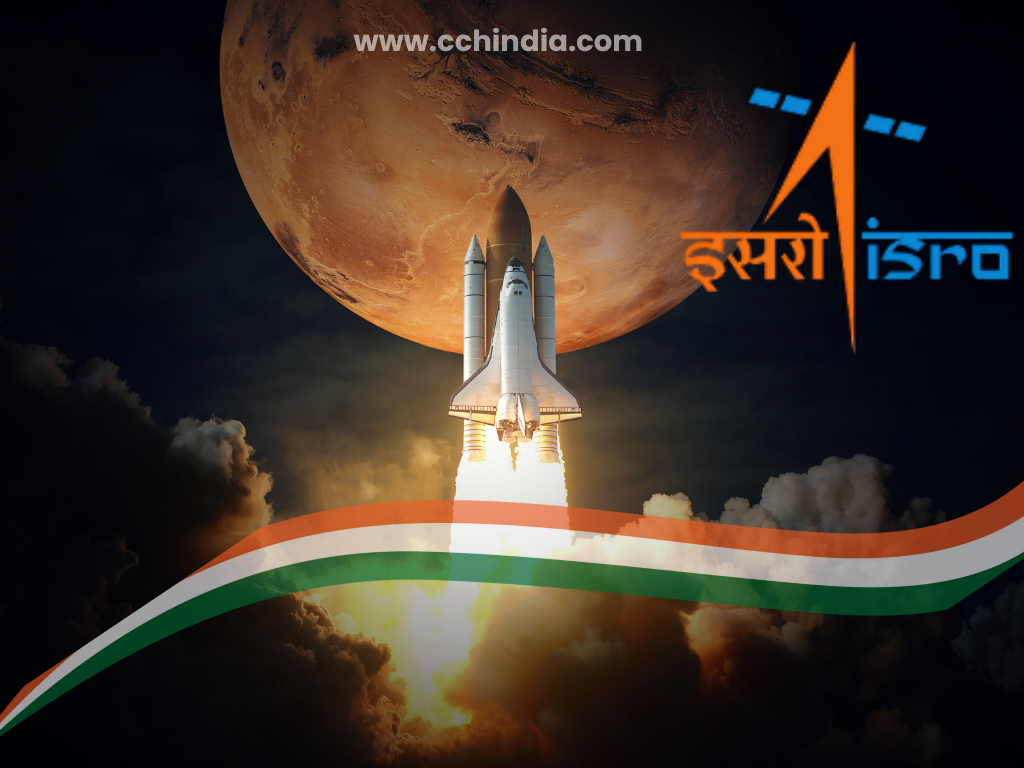Let’s look at the key differences between GPS and NAVIC
1. Ownership
GPS (Global Positioning System) – United States government (Department of Defense)
NAVIC (Navigation with Indian Constellation) – Indian government (Indian Space Research Organisation – ISRO)
2. Development Motivation
GPS (Global Positioning System) – Developed during the Cold War for global military navigation
NAVIC (Navigation with Indian Constellation) – Developed after the Kargil War to ensure India’s self-reliance in satellite navigation
slot deposit pulsa
3. Launch Timeline
GPS (Global Positioning System) – Fully operational since 1995
NAVIC (Navigation with Indian Constellation) – Fully operational since 2016
4. Control Stations
GPS (Global Positioning System) – Global network of control stations
NAVIC (Navigation with Indian Constellation) – Ground stations located across India for monitoring and control
5. Independence
GPS (Global Positioning System) – Controlled by the U.S. government
NAVIC (Navigation with Indian Constellation) – Controlled by India, ensuring independence and security
6. Coverage
GPS (Global Positioning System) – Global coverage,
NAVIC (Navigation with Indian Constellation) – Regional coverage (India and up to 1,500 km beyond its borders)
7. Number of Satellites
GPS (Global Positioning System) – 31 active satellites in medium Earth orbit (MEO)
NAVIC (Navigation with Indian Constellation) – 7 satellites (3 in geostationary orbit, 4 in geosynchronous orbit)
8. Orbit Type
GPS (Global Positioning System) – Medium Earth orbit (~20,200 km altitude)
NAVIC (Navigation with Indian Constellation) – Geostationary and geosynchronous orbits (~36,000 km altitude)
9. Frequency Bands
GPS (Global Positioning System) – Single frequency (L1) for civilian use; dual for military (L1 and L5)
NAVIC (Navigation with Indian Constellation) – Dual frequency (L5 and S-band) for better accuracy and reliability
10. Atmospheric Error Mitigation
GPS (Global Positioning System) – Requires ground-based corrections for civilian accuracy
NAVIC (Navigation with Indian Constellation) – Dual-frequency mitigates atmospheric errors without external corrections
11. Encryption
GPS (Global Positioning System) – Encrypted service available for U.S. military and government
NAVIC (Navigation with Indian Constellation) – Encrypted service available for Indian military and government
12. Availability
GPS (Global Positioning System) – Available worldwide, 24/7
NAVIC (Navigation with Indian Constellation) – Available regionally, 24/7 within its coverage area
13. Target Audience
GPS (Global Positioning System) – Global civilian, military, and commercial use
NAVIC (Navigation with Indian Constellation) – Primarily Indian civilian, military, and commercial use
14. Service Types
GPS (Global Positioning System) – Standard Positioning Service (SPS) for civilians; Precise Positioning Service (PPS) for military
NAVIC (Navigation with Indian Constellation) – Standard Positioning Service (SPS) for civilians; Restricted Service (RS) for authorized users (military, government)
15. Accuracy
GPS (Global Positioning System) – Global accuracy of 10-20 meters for civilian use
NAVIC (Navigation with Indian Constellation) – Regional accuracy of 5-10 meters, optimized for the Indian region
16. Primary Applications
GPS (Global Positioning System) – Navigation, aviation, military, timing services globally
NAVIC (Navigation with Indian Constellation) – Navigation, defense, disaster management, agriculture, and maritime in India
17. Military Dependence
GPS (Global Positioning System) – Indian military relies on GPS for global navigation
NAVIC (Navigation with Indian Constellation) – Indian military uses NAVIC for secure, regional navigation


